An archaeological edifice, reflecting the cultural trinity witnessed by the Bride of the Mediterranean during the centuries bc, was once considered by the Egyptians as an area to perform the pilgrimage, and as soon because the Christian faith arrived the land of Egypt, they treated it as a house of idolatry, and that they destroyed it, with little left, but it shows the greatness of these civilizations that rolled over it, in order that the famous traveler "Ibn Battuta" described it at the start of the 14th century, the strangest sight of his eyes in this city.
The Temple of the Sarabium is that the most famous tourist attraction in Alexandria, and is found precisely between the tomb area of "Amud al-Sawari" and therefore the Plateau of Kom Al-Shaqafa, which began its history over 2,300 years ago, specifically during the reign of male monarch, the founding father of the Ptolemaic state in Egypt, who took power after the death of Alexander the Great in 323 B.C., who wanted to unite the Egyptians and Greeks to worship one god, as a committee of Egyptian and Greek religious scholars agreed that the faith was the Creator, which incorporates the god Serapis, the goddess Isis, and her son, The Harpokra.
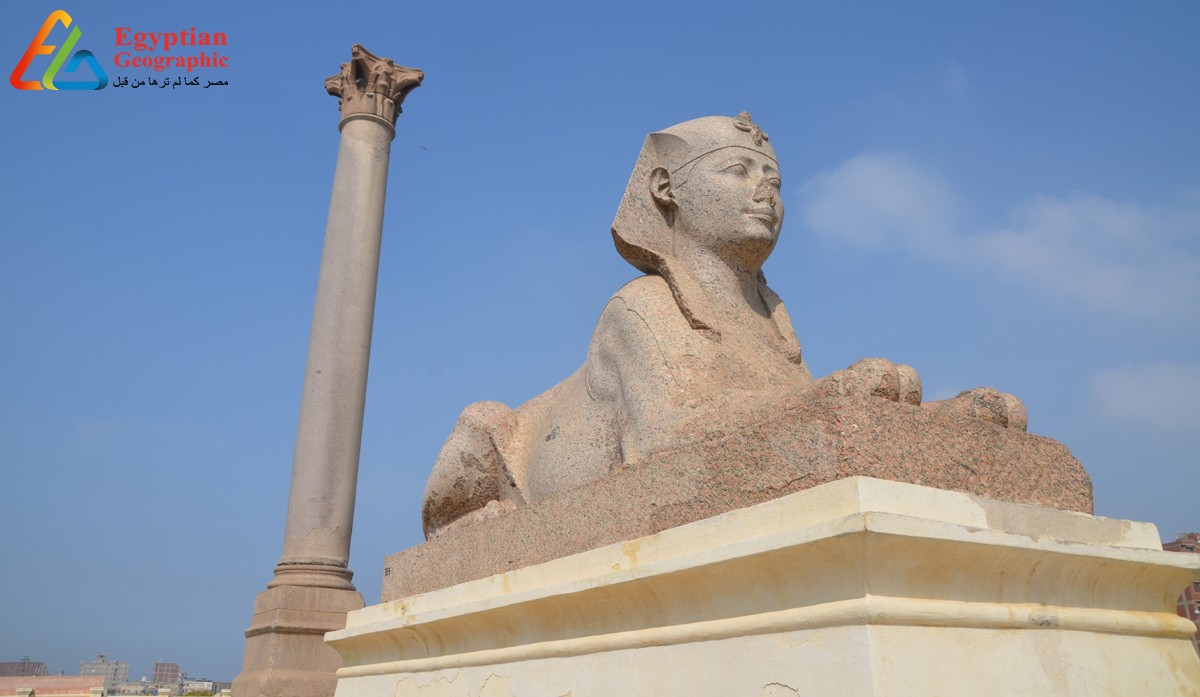
This temple began with a straightforward and modest Greek-style design, and through the reign of Ptolemy II, who took power in 284 B.C., began to be stuffed with Egyptian architectural elements, adding to that an excellent library, smaller !.!.! From the Ba, but it absolutely was more famous, it contained over 42,000 rolls of papyrus, and when his son Ptolemy III succeeded him in 246 B.C., the architect Parmenescu ordered the re-establishment of the building, and under the Emperor of Rome Claudio there have been many changes within the temple and within the city of Alexandria as an entire, to become the "Bride of the Mediterranean".
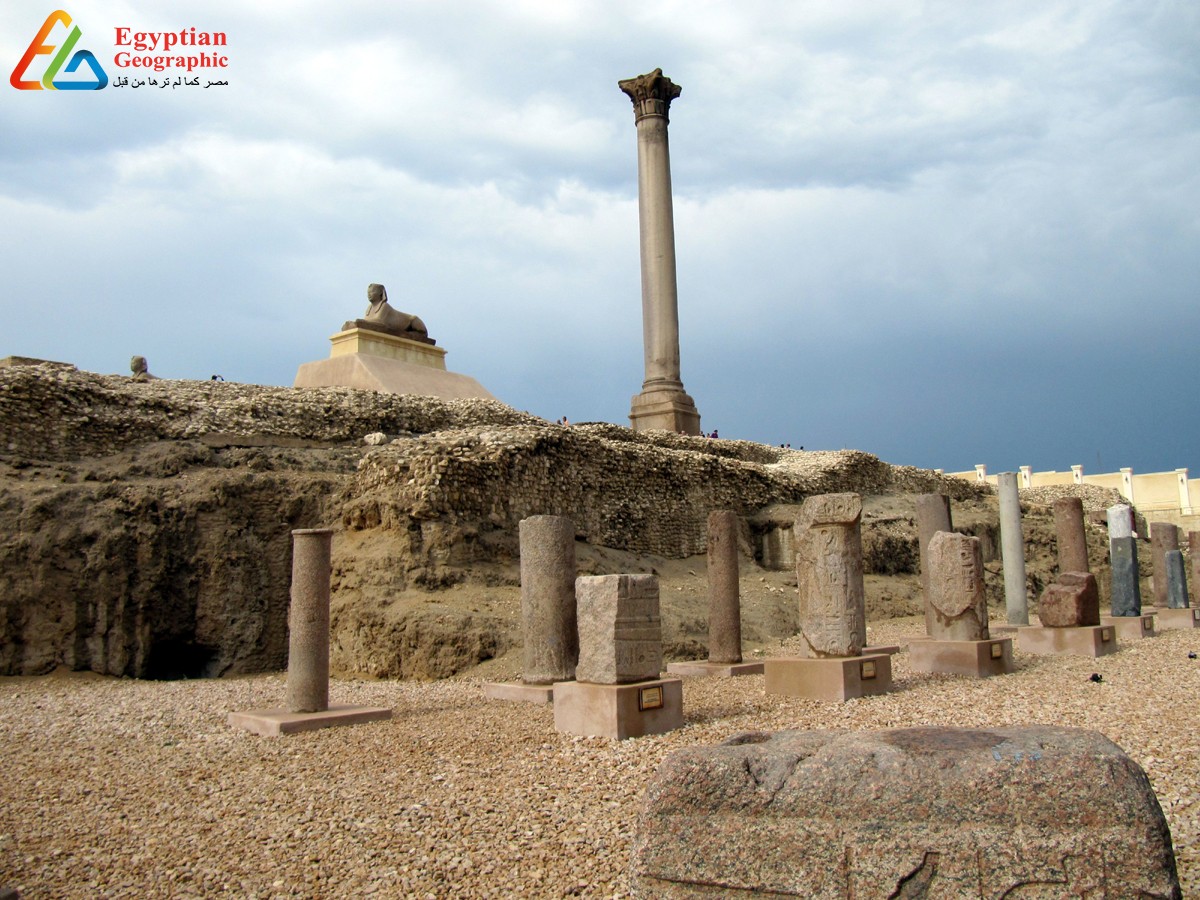
The temple was twice in its history, the primary during the reign of the Roman Emperor Trajan, when the Jews distributed direct action between 98 and 117 AD, and therefore the Emperor Hadrian rebuilt it between 117 and 138 AD, and in 391 AD, Emperor Theodosius I ordered its complete destruction, after considering it an emblem of paganism, but little remains to inform us the history of these times.
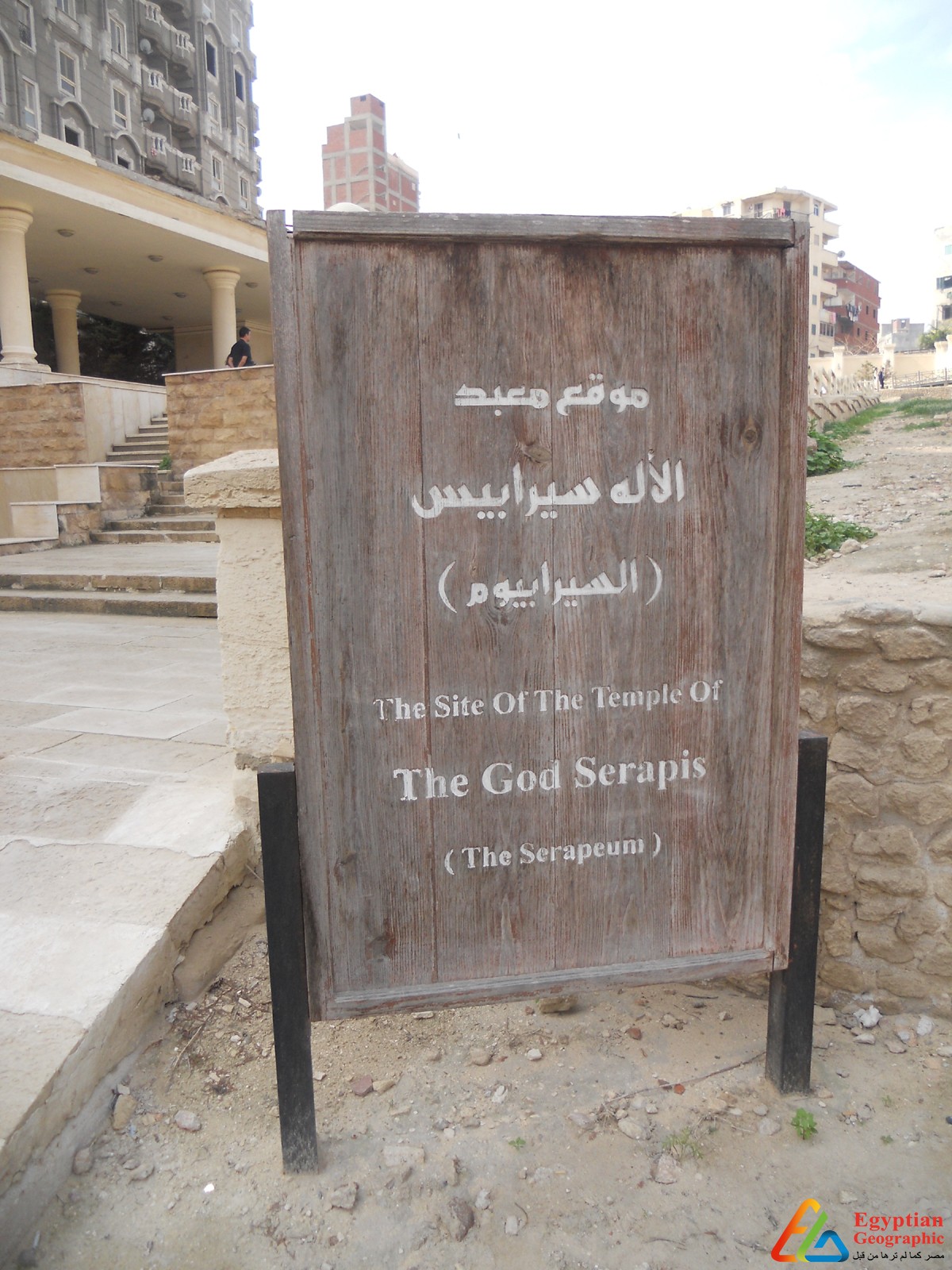
Pompey's Pillar
More than 1,700 years ago, in 292 AD, the Governor of Egypt, Postumus, ordered the development of a memorial in memory of the Emperor of Rome, to be the best monument within the world, an artifact adorned with the Bride of the Mediterranean, today referred to as "The column of the masts, and still stands tall above bab Sidra hill, which is found between the Muslim cemeteries referred to as "Al-Amud Cemeteries", and between the Plateau of Kom Al-Shaqafa, made from pure red granite, up to 27 meters long, but its diameter varies from bottom to top, and is reported at the bottom 2.7 meters, at 2.3 meters crown.
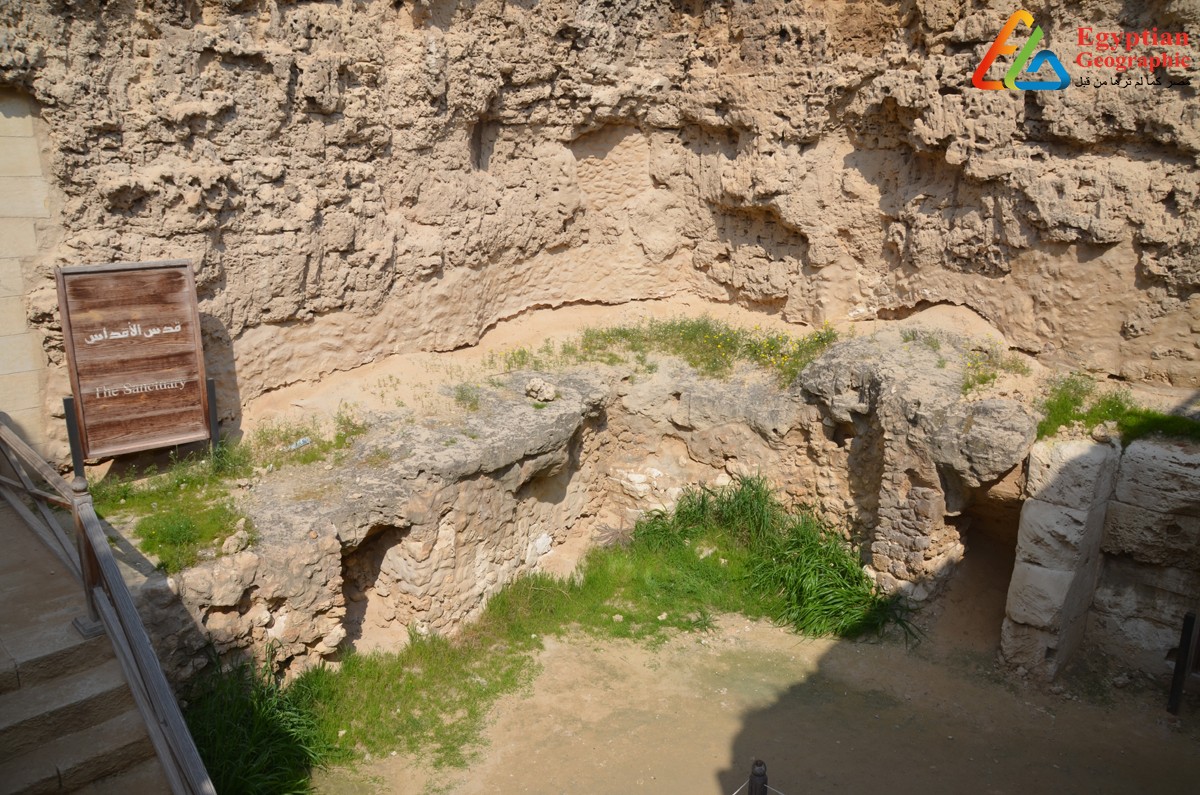
The phrase, engraved on the western side of his base in Latin, reads" To the just emperor, the invincible god of Alexandria, Diocletian, erected a postomos and to Egypt this column, to indicate us that it had been erected after Emperor Diocletian extinguished the revolution created by Lucius Domitius Dalmatians, the Roman leader who briefly took power in Egypt.
The sawary column was one amongst 400 columns scattered therein area, and when the governor of Postos wanted to glorify Emperor Diocletian, he built a whole temple, within the sort of a rectangle, 87 meters long, 77 meters wide. It contains several entrances, contains many statues, and is surrounded on all sides by huge columns, although historians believe that the column of the masts was the best and most large in order that nobody could break it, so it remained majestic in its place so far.
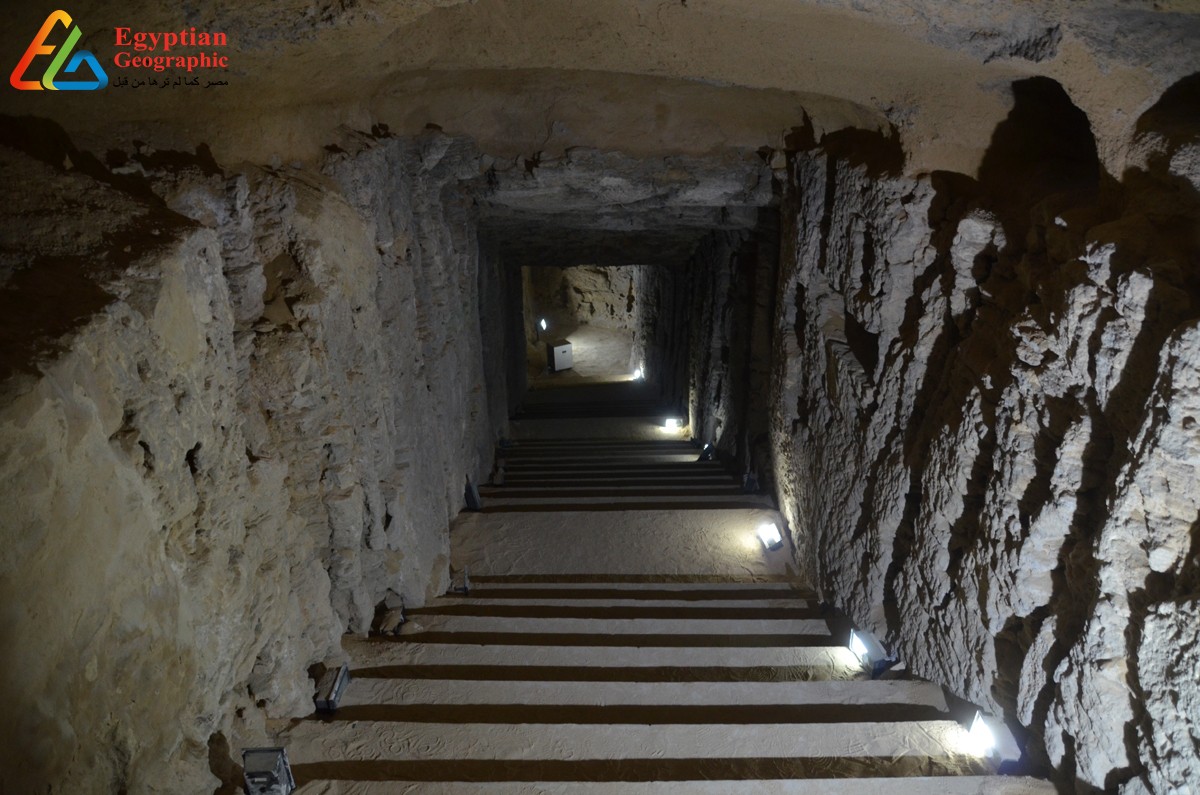
That column carried several names throughout its history, within the Islamic era it absolutely was called the "mast column" because it resembles the masts of high ships, and it's deviated over time to achieve the "column of the masts", but within the Middle Ages the Romans believed that the ashes of their leader "Pompeii" killed by the Egyptians During his escape Julius Caesar within the half of the primary century B.C., he was kept in a very funeral pot above the crown of the column, so he was called the "Pompeii Column", next to him sitting two sphinxes resembling the Sphinx, fabricated from pink granite, They start to ptolemy VI, which ruled Egypt in 180 BC, and on the western side of the column there are three other statues, but they're headless.
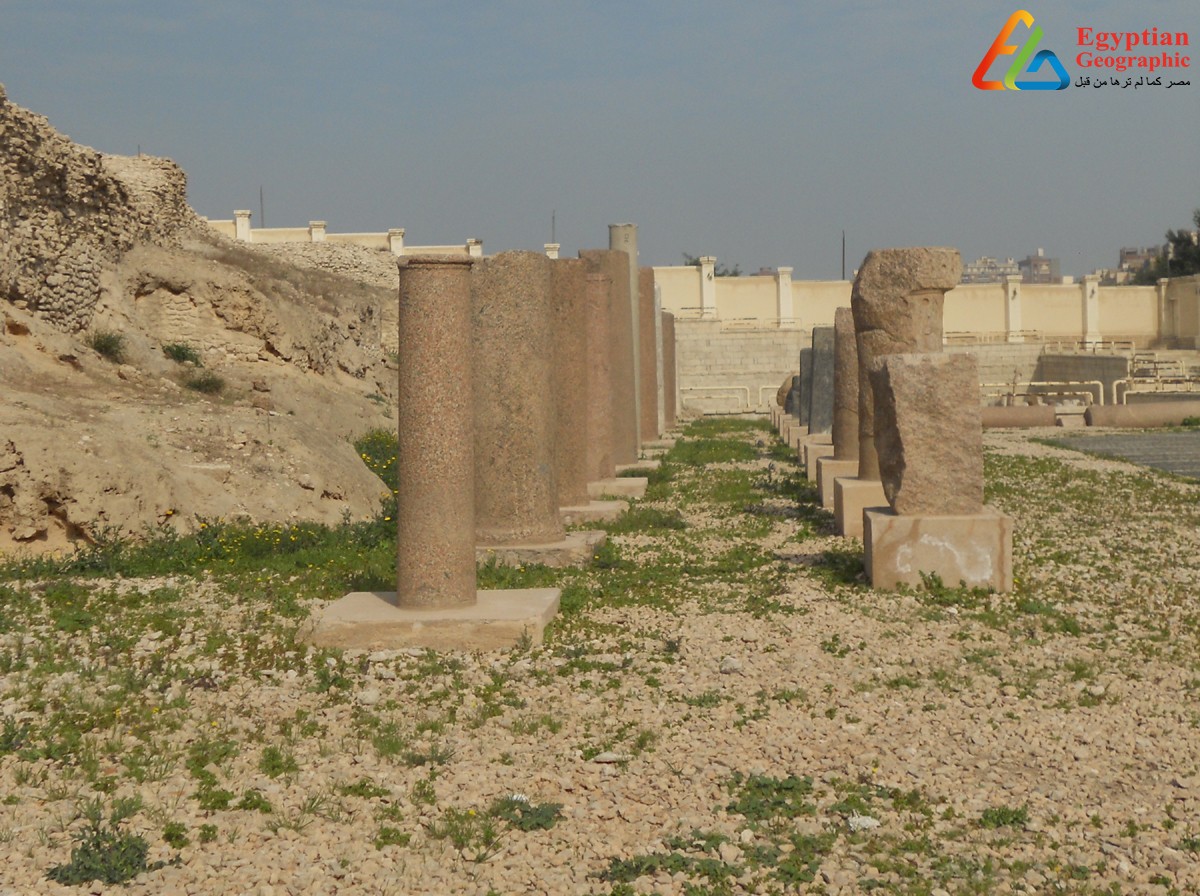
Calf Apis
When The Emperor of Rome Hadrian rebuilt the temple on the ruins of the Ptolemaic temple, he added an enormous statue of the Abes calf, found by the Italian archaeologist Jesep Butte, the primary director of the Greek-Roman Museum, during excavations round the vicinity of the Sawry column in 11 895, a statue of a 1.9-meter-high calf painted in black, aside from a white triangle that appears to be visible on its forehead, with a sun dial with a cobra's head within the middle, and a winged eagle on its back.
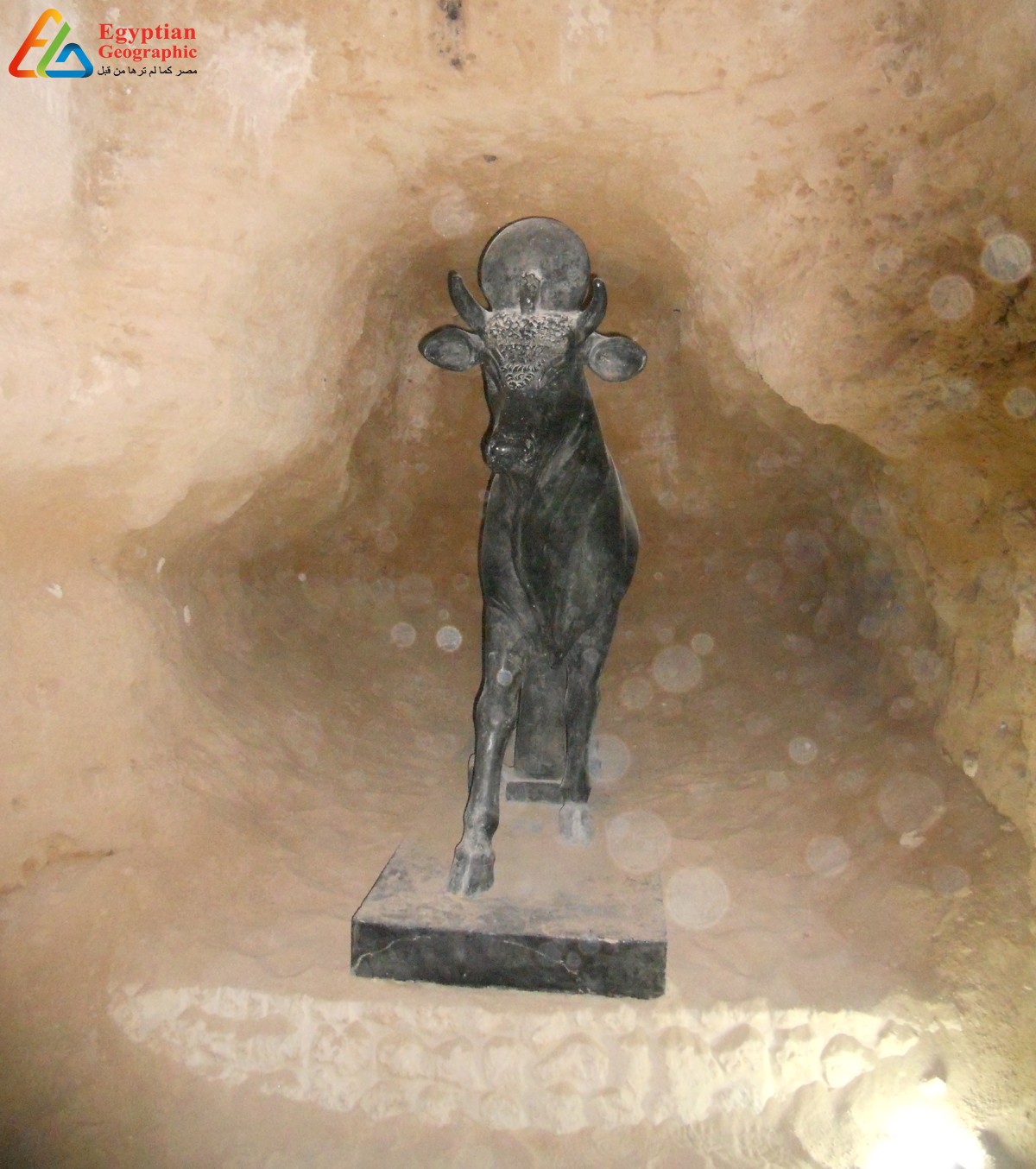
This calf is taken into account one amongst the foremost important symbols in ancient Egyptian culture, it had been considered by the Egyptian ancients as a logo of fertility and development, and decorated with the disk of the sun within the belief that he's the son of god "Petah", and with time increased its importance and moved to the Greek and Roman civilizations, and so as to achieve the statue of that calf you've got to cross a passage carved amid rocks, stretching 70 meters, and width about 1.5 meters, to search out it stable beneath the Roman year of the Swari, although it's now settled within the Roman Museum of Alexandria.
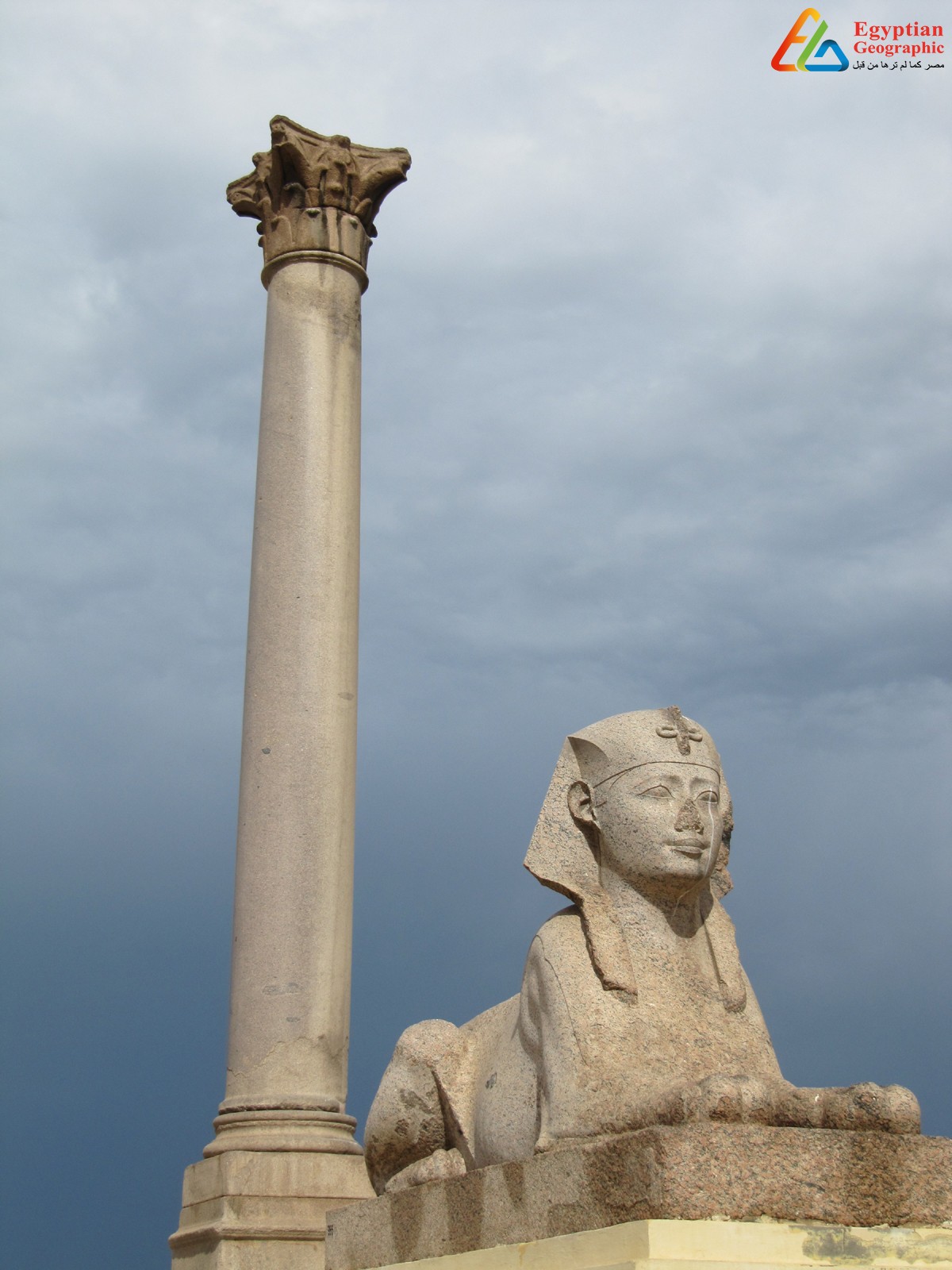
They also revealed the fundamental deposits of the temple, two groups, each containing 10 sheets, engraved with hieroglyphic and Greek texts, each containing a plate of gold, a silver second, a bronze one, and A fourth of dried Nile silt, the remainder of the dark glass, also found deposits of a temple that established the reign of Ptolemy IV, dedicated to the worship of The Harpookat, the son of Isis, who gave birth to Osiris within the City of Poto after he was born dead.

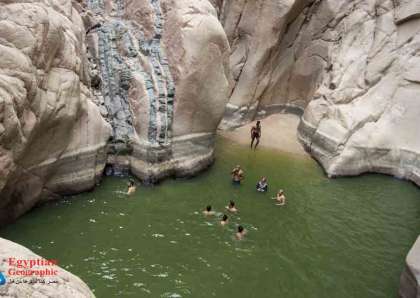


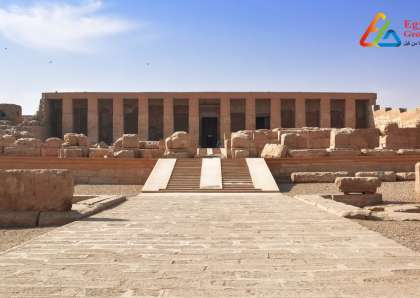
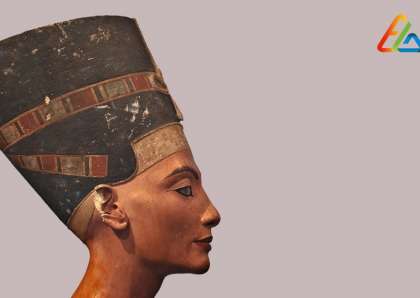
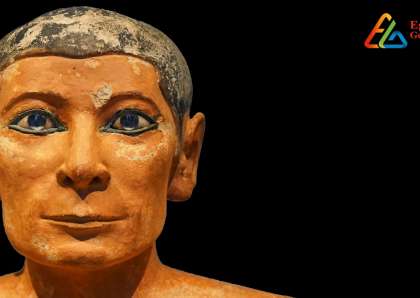
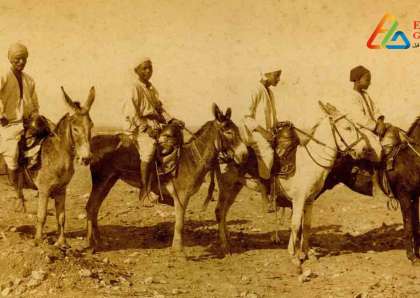
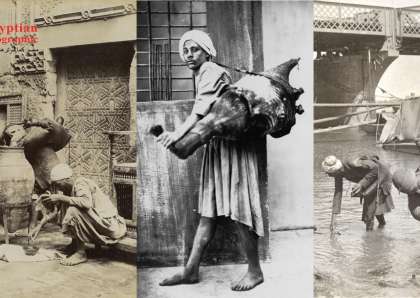








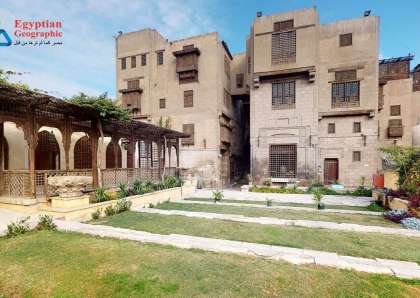
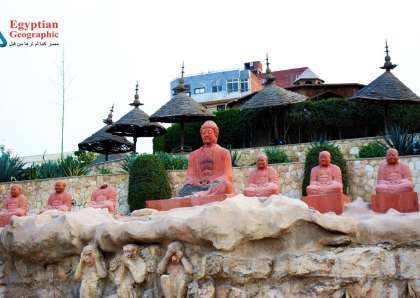
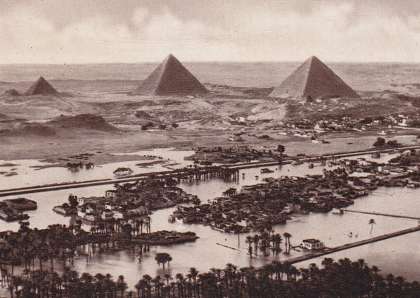
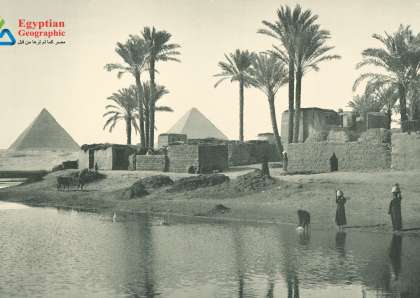

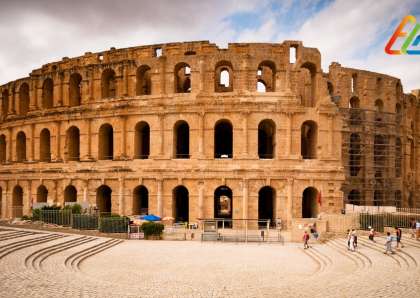
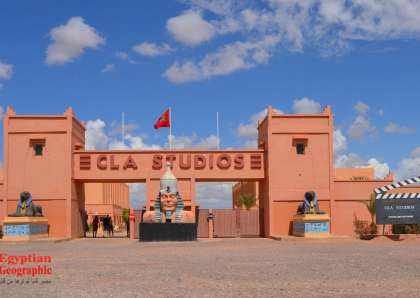
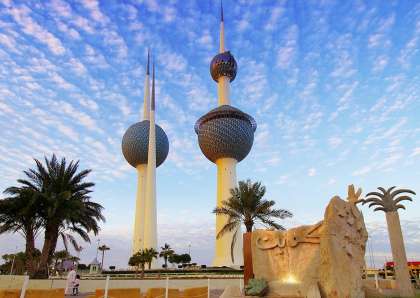
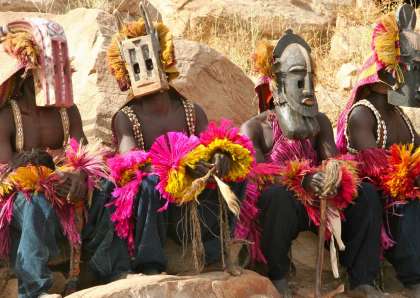








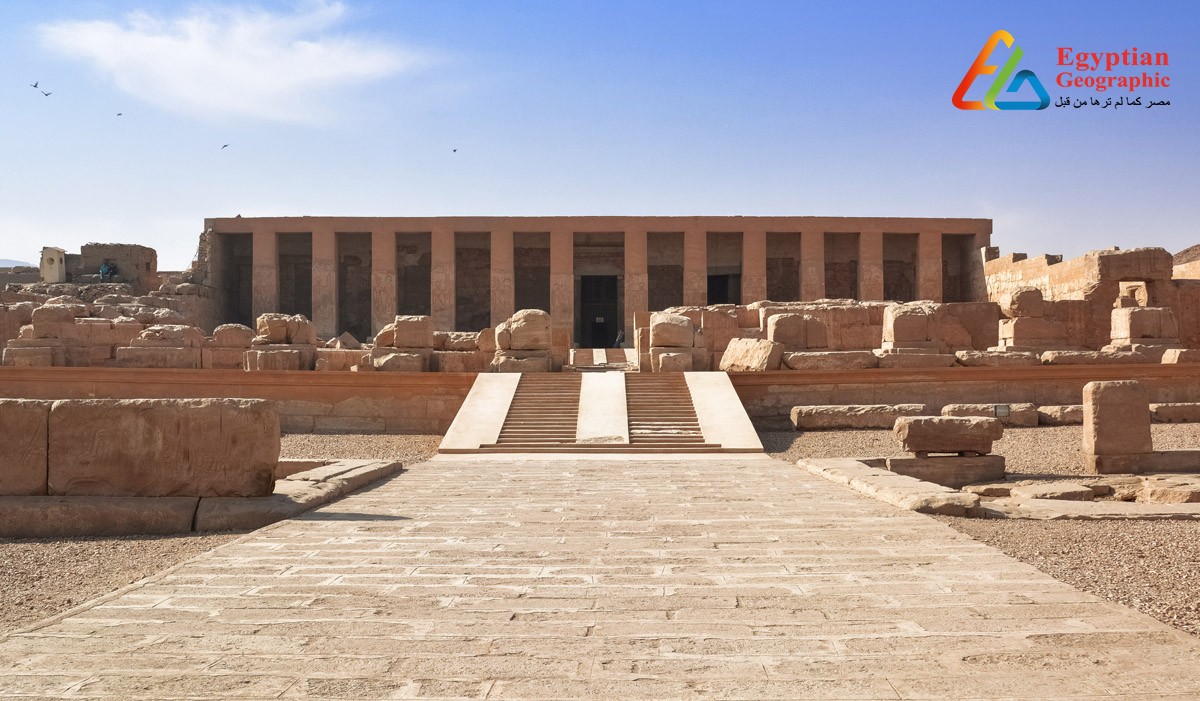
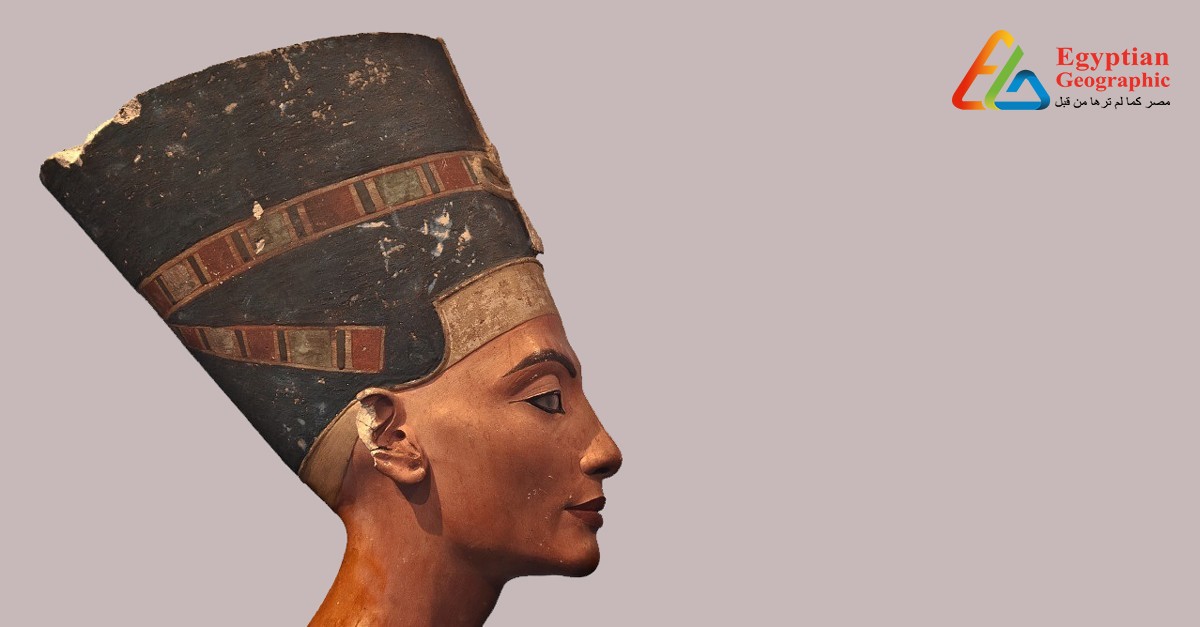
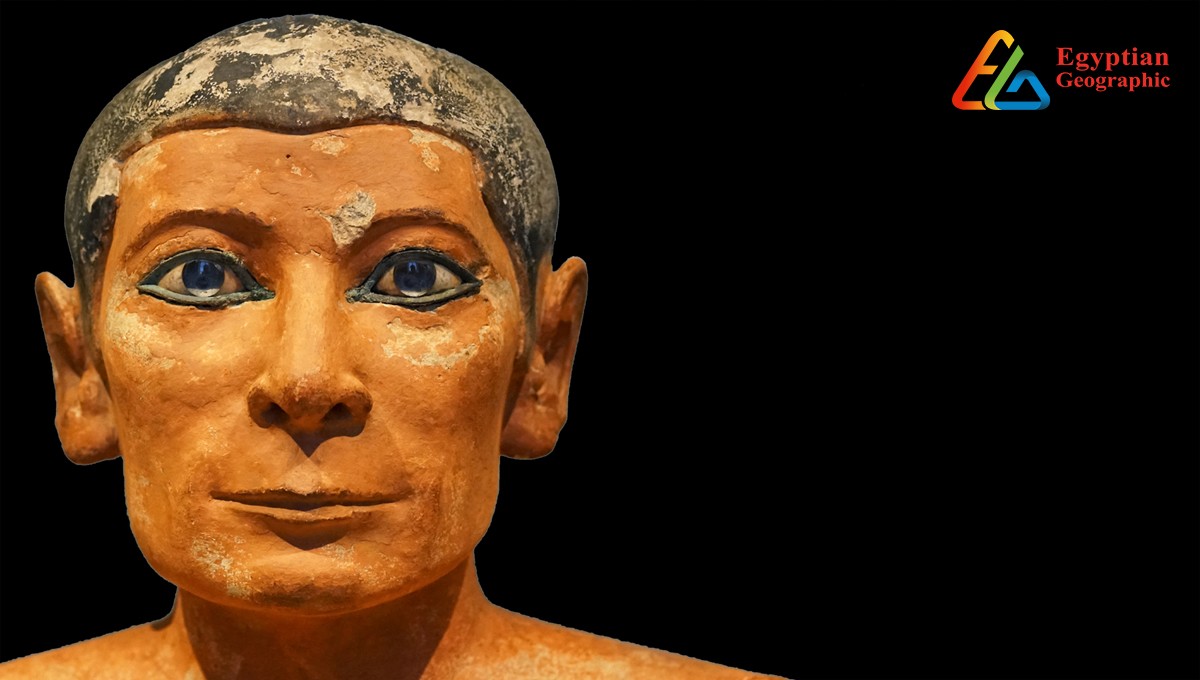








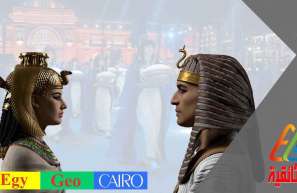



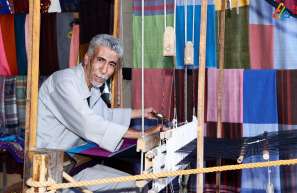
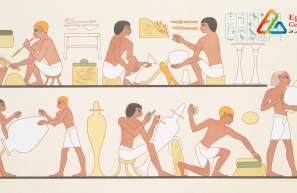












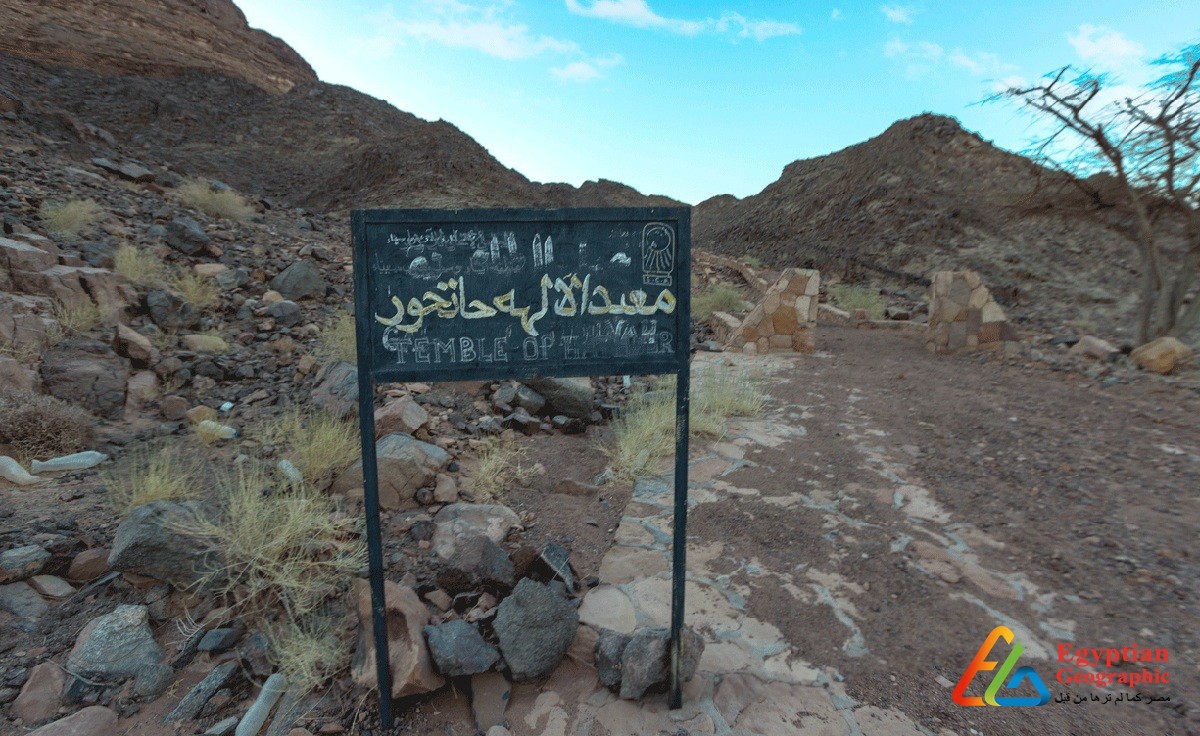
مجلة علمية معرفية وثائقية تتناول الشخصية المصرية